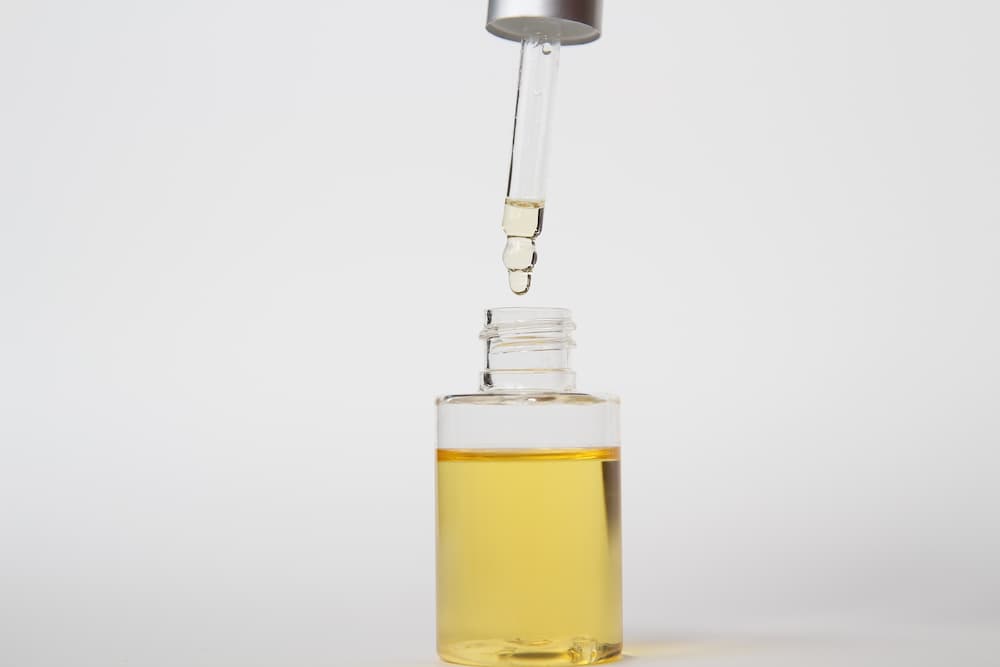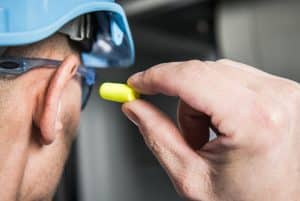Ear wax blockages and impacted wax can be painful and debilitating. Getting the right treatment for an ear wax blockage can make a huge difference in providing symptom relief. There are products around that enable wax to be dissolved which can be helpful to reduce symptoms but may not always completely effective.

What Causes Blocked Ears?
Ear wax plays an important role in maintaining clean and healthy ears. An overproduction of ear wax however, environmental factors and using items in the ear such as cotton buds can inhibit the normal self-cleaning mechanism of the ear and cause too much wax to build up within the ears.
Ear wax, or cerumen, is produced in the outer third of the ear. Generally speaking ears are self-cleaning, and typically do not require manual removal of ear wax. The superficial skin layer within the ear canal creates a ‘conveyor belt’ motion in the ear, carrying the ear wax out of the ear canal. Assisted to loosen by jaw movement, the ear wax either then just falls out, or can then be gently wiped away at the entrance to the ear.
In some instances, individuals can produce excessive ear wax which can build up and may be unable to migrate out of our ears naturally. This build up can continue until the ear canal is completely blocked, creating a feeling of fullness in the ear which can result in itchiness, dizziness, earache, tinnitus, hearing loss and even pain.
Common causes of wax impaction and blocked ears include:
- Regularly wearing hearing aids, ear buds, ear plugs or anything that stops the natural self-cleaning mechanism
- Using cotton buds or other implements (including ‘twisty topped’ wax removal tools) which further impact wax but pushing it further down the ear canal
- Working in a dusty or dirty environment
- Having a genetic predisposition to wax build up
- Having naturally curvy, narrow and hairy ear canals
- Stress
Elderly people are more likely to suffer from blocked ears as wax glands tend to ‘atrophy’ as we age, causing wax to become more dry and therefore more likely to become stuck in the ear canal. Swimmers, surfers, and people who spend a lot of time in the water can also experience blocked ears due to earwax’s tendency to absorb water; this can cause any excess wax to expand within the ear canal and block the ear.
Blocked ears can also be caused by middles ear issues which may occur after a cold due to congestion and related pressure changes in the middle ear. In a similar way, sinus infections and allergies can also lead to a blocked ear. For these issues please consult your local GP and pharmacist in the interim for symptom relief. This is not something that a wax removal appointment can correct but rather, will assist with the ‘process of elimination’ in determining the cause and will assist the GP / audiologist with further assessment by ensuring a clear view down to the eardrum.
What Are Wax Softening Drops?
Ear wax softening drops can be safely used to loosen and dissolve ear wax which can help improve symptoms of an ear wax blockage. Wax softening drops should not be used by anyone who has a perforated ear drum or a current ear infection. If you’re unsure as to whether wax softening drops are suitable for you, you should first consult with your doctor.
Wax softening drops can be found at most local chemists and generally come in three varieties: water based, oil based, or non-oil, non-water based.
If you are attending at Earworx clinic, the aim is not necessarily to ‘break the wax down’ as quickly as possible. Rather, it is to soften and lubricate the wax in order to allow a suction catheter to ‘latch on’ to the wax and remove it in one piece. Our products of choice are Ear Clear from the chemist, or just plain olive oil from your cupboard. If the aim is to completely break down the wax, waxsol, peroxide 3% or a sodium bicarbonate solution (which can be prepared by your local pharmacist) is effective. It is important to remember that whilst this may break the wax down quickly, in so doing, it may also coat the eardrum in soft wax, leading to a worsening in the feeling of blockage or hearing loss.
While ear wax softening drops can help to provide temporary relief by creating a ‘gap’ in the impacted wax as it is broken down, this gap can quickly close back over as more wax builds. Wax softening drops can be more effective therefore when used in conjunction with wax removal techniques such as microsuction and curettage, to ensure all excess wax is removed from the ear canal.
Micro-Suction – The Universal Solution
Where practitioners are suitably trained, micro-suction is an effective and safe method of wax removal. This is the procedure used at all Earworx clinics by Registered Nurses who have completed both a period of study and an extended practical placement to ensure they can work safely within your ear and around your precious eardrum. Softening drops used prior to your appointment will assist in speeding up the procedure and ensuring the wax removal is comfortable. Softening drops may also be used in between appointments where wax is too dry or hard to safely remove and requires softening between appointments.
Micro-suction is a dry technique, making it suitable for people who are unable to use wax softening drops, or for those with perforated eardrums or ear infections. This technique involves a small catheter attached to suction tubing being gently inserted into the ear canal. The tubing is attached to a machine which gently suctions the wax from your ear, much like a mini vacuum cleaner. Throughout the whole process, the Registered Nurse wears converged binocular lenses or ‘O-Scopes’ that magnify and are fitted with a bright light to carefully observe the ear canal and ear drum during the procedure; enhancing safety.
Generally, an Earworx appointment will last about half an hour including a thorough history taking, performance of the procedure itself, and education. Using wax softening drops in conjunction with micro-suction can help to remove the wax in a timely and effective manner.
Contact the friendly team at Earworx or book your appointment online today.




